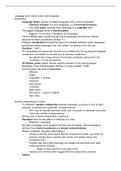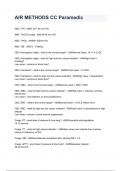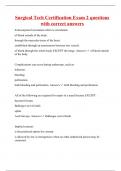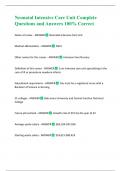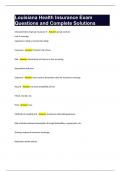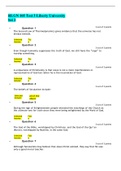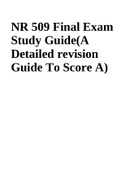Samenvatting
Samenvatting Language and culture of the Indo-Europeans (5511VE004)
Deze samenvatting is gemaakt voor studenten die het vak 'Language and culture of the Indo-Europeans' aan de Universiteit Leiden volgen. Hij is in het Engels (het vak wordt in het Engels gegeven). Hij bevat aantekeningen uit de hoorcolleges en werkgroepen, opdrachten en de reader.
[Meer zien]
